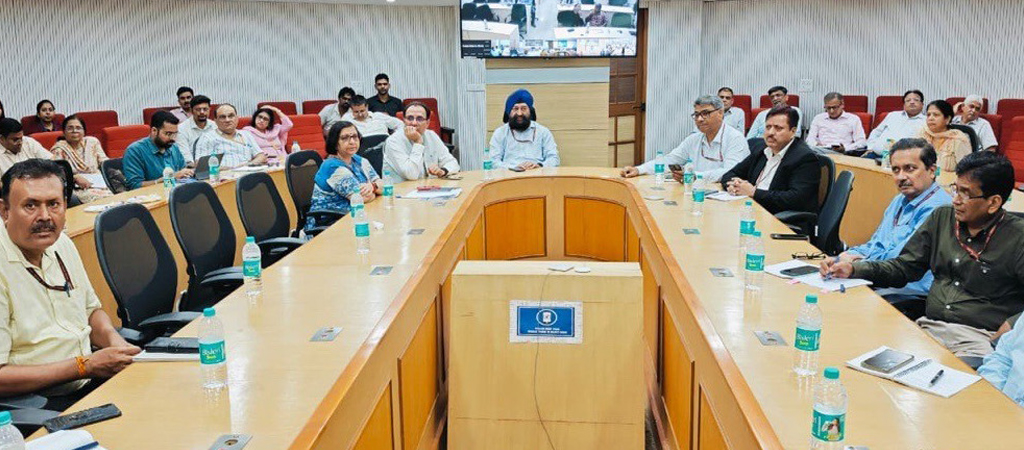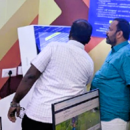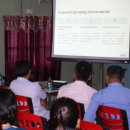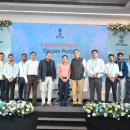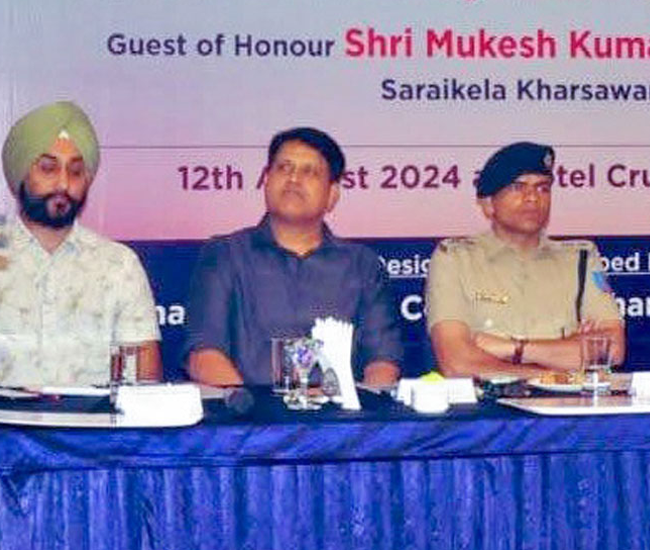Accessibility is not a feature—it is the doorway to dignity. It is the quiet assurance that every citizen, no matter their ability, can step into the digital corridors of governance and find themselves included. In the age of Digital India, accessibility is not just an obligation of the State but an opportunity to weave trust, empathy, and equality into the fabric of governance.
The National Informatics Centre (NIC), through its Media Informatics Division, has carried this vision forward with quiet persistence. A landmark moment came when the NIC official website became fully accessible—a milestone made possible through the tireless efforts of the Media Informatics Division, the technical mastery of the Web Technology Division, and the steadfast support of HoGs, SIOs, HoDs, and officers across the organisation. It was not just a technological upgrade, but a statement: inclusivity shall be the cornerstone of our digital journey.
Carrying this momentum ahead, the Media Informatics Division convened two Workshops on Web Accessibility—on 20th August 2025 and 25th September 2025. These gatherings were not mere training sessions; they were conversations about responsibility, about building capacity, about aligning India’s digital governance with the highest standards of inclusivity—WCAG 2.1 Level AA and GIGW 3.0.
Opening Remarks and Keynote Insights
The workshops opened with the steady voice of Shri Virander Kumar Tyagi, Head of Division, Media Informatics Division, who reminded participants that accessibility is not a matter of compliance alone—it is a responsibility shared by all who build and maintain digital platforms for citizens.
Framing the dialogue, Ms. Tuhina Kumar, Director (IT), urged participants to place accessibility at the very heart of design, not as an afterthought but as a principle guiding every choice. Her words gave shape to the conviction that true governance must begin with inclusion.
The keynote was delivered by Shri Prashant Kumar Mittal, Deputy Director General and Head of Group, Media Informatics Division. He spoke of NIC’s strategic role in shaping digital spaces that are not only robust and efficient but also compassionate and citizen-friendly. He called upon officers to embrace “design-for-all” principles, embedding inclusivity into every line of code, every page, every service. Accessibility, he said, is inseparable from transparency, inclusiveness, and sustainability—values that sustain the spirit of governance itself.
Technical Presentations and Practical Insights
The heart of the workshops was a detailed presentation by a Web Accessibility Auditing Organization, empanelled with the Department of Empowerment of Persons with Disabilities, Ministry of Social Justice & Empowerment.
The sessions unfolded like a guidebook for practitioners:
- Common barriers that exclude citizens, and practical ways to remove them.
- International best practices in accessibility, rooted in empathy as much as design.
- Demonstrations of tools—automated and manual—that measure inclusion in tangible ways.
- Strategies to create accessible PDFs and align websites with global benchmarks.
- Practical methods to integrate accessibility seamlessly, without compromising on aesthetics.
The demonstrations turned knowledge into experience, allowing participants to see accessibility not as theory but as a working reality.
Interactive Discussions and Key Takeaways
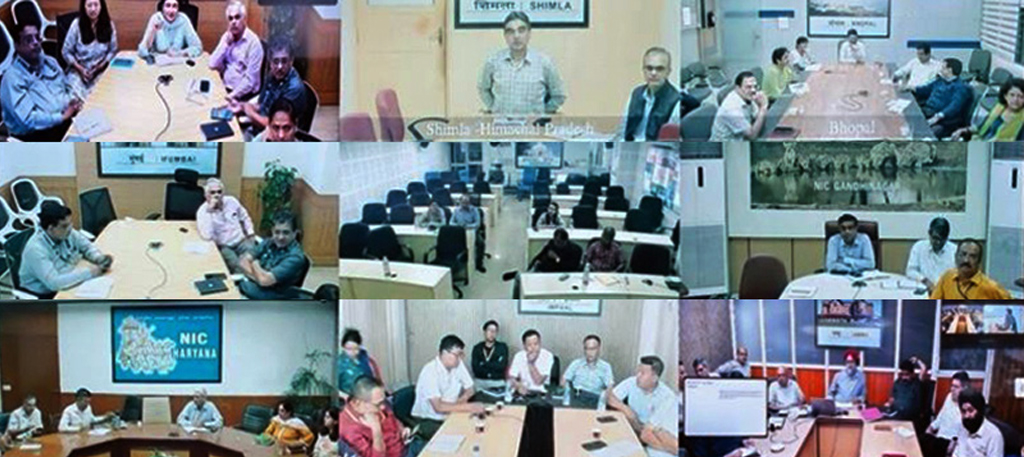
True learning came alive in the questions. Participants asked about legacy content, about workflows that resist change, about ensuring accessibility across the wide, diverse canvas of NIC’s platforms. Each query was met with clear, practical answers that carried both technical depth and simplicity.
From these conversations emerged key lessons:
- Accessibility must be woven into the beginning of every digital initiative.
- Audits must be regular, not occasional, if compliance is to be sustained.
- Testing must be both automated and human-driven, for empathy cannot be outsourced to software alone.
- Most importantly, capacity must be built within—developers, designers, and administrators must carry accessibility as a self-driven practice.
Shared Commitment to a Viksit Bharat
The workshops ended not with closure but with resolve. Officers from across States and Ministries, whether present in person or connected through video, left with a shared vision: to make accessibility a core principle of digital governance in India.
The clarity of the sessions, the practical relevance of the insights, and the forward-looking energy they carried were widely appreciated. More than that, they reaffirmed NIC’s role as a leader—an organisation not only building technology but shaping the ethics of digital inclusion.
Through such initiatives, the Media Informatics Division has reiterated its commitment: to continue this journey, to strengthen accessibility at every level, and to ensure that Digital India is not only advanced but also inclusive, citizen-centric, and future-ready.
In that vision lies the promise of a Viksit Bharat—a nation where digital governance is not just about efficiency, but about belonging.
- Edited by:Archana Sharma
Author / Contributor

Prashant Kumar Mittal Dy. Director General & HoG pk.mittal[at]nic.in

Virander Kumar Tyagi Sr. Technical Director vk.tyagi[at]nic.in

Tuhina Kumar Technical Director tuhina[at]nic.in
